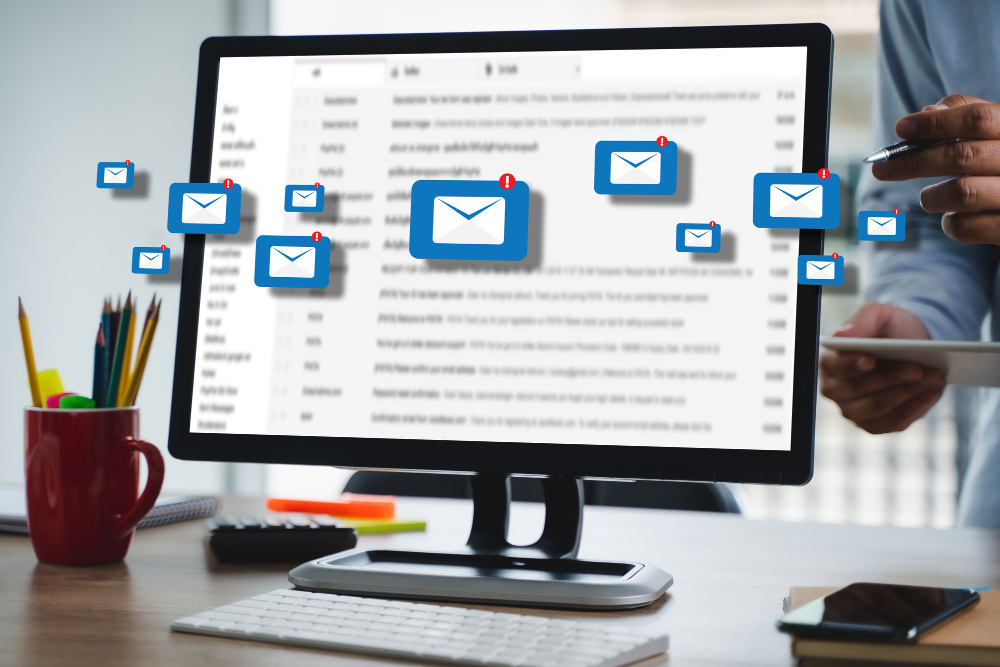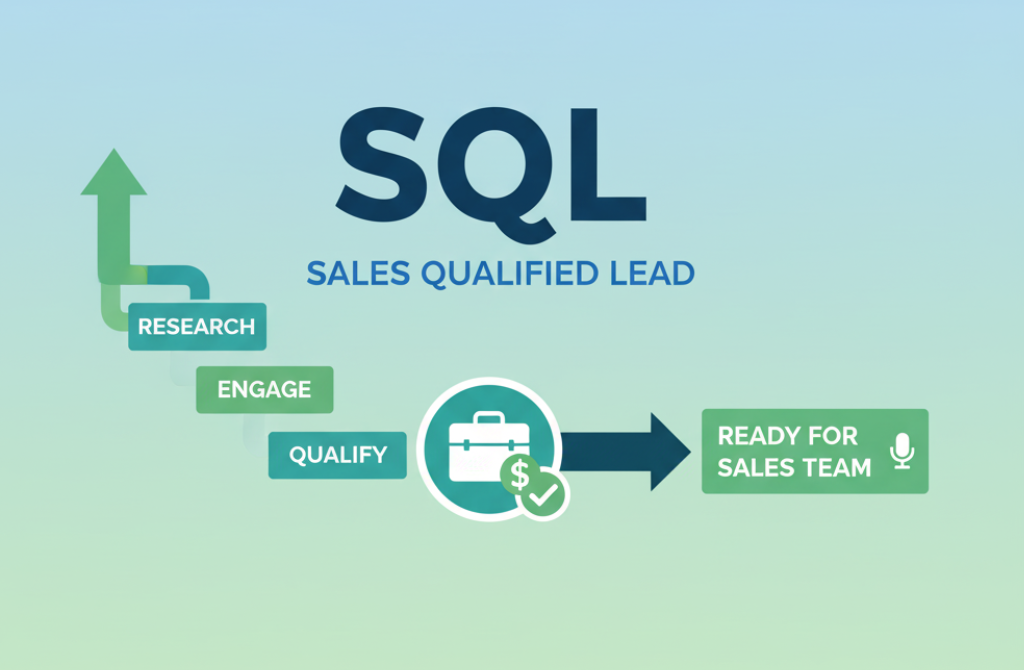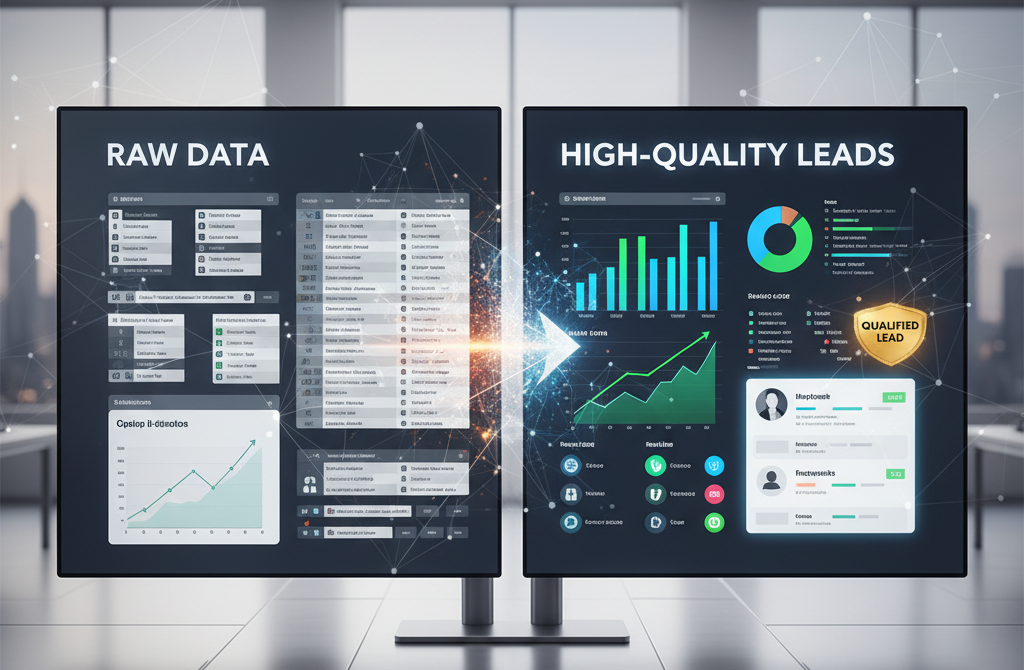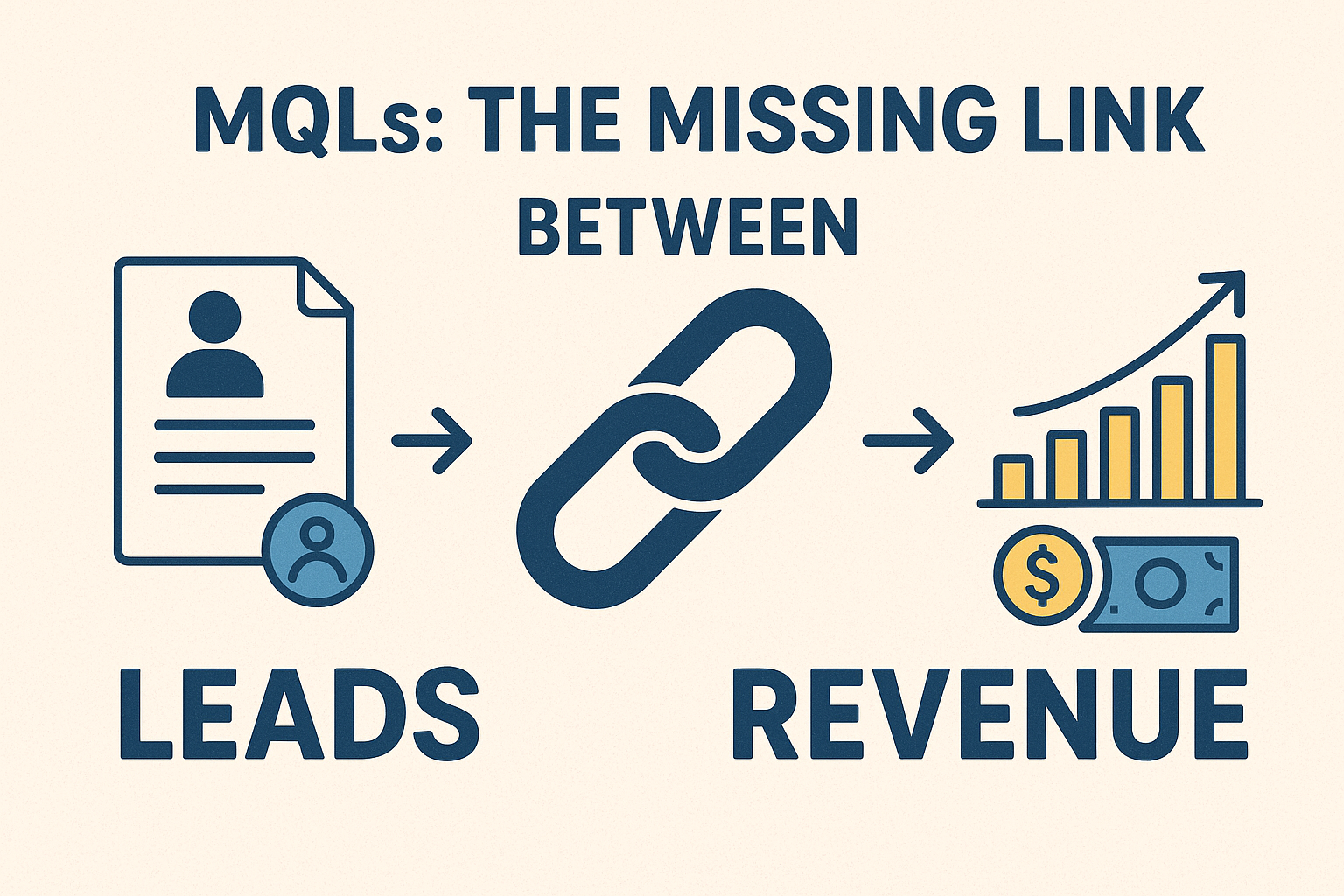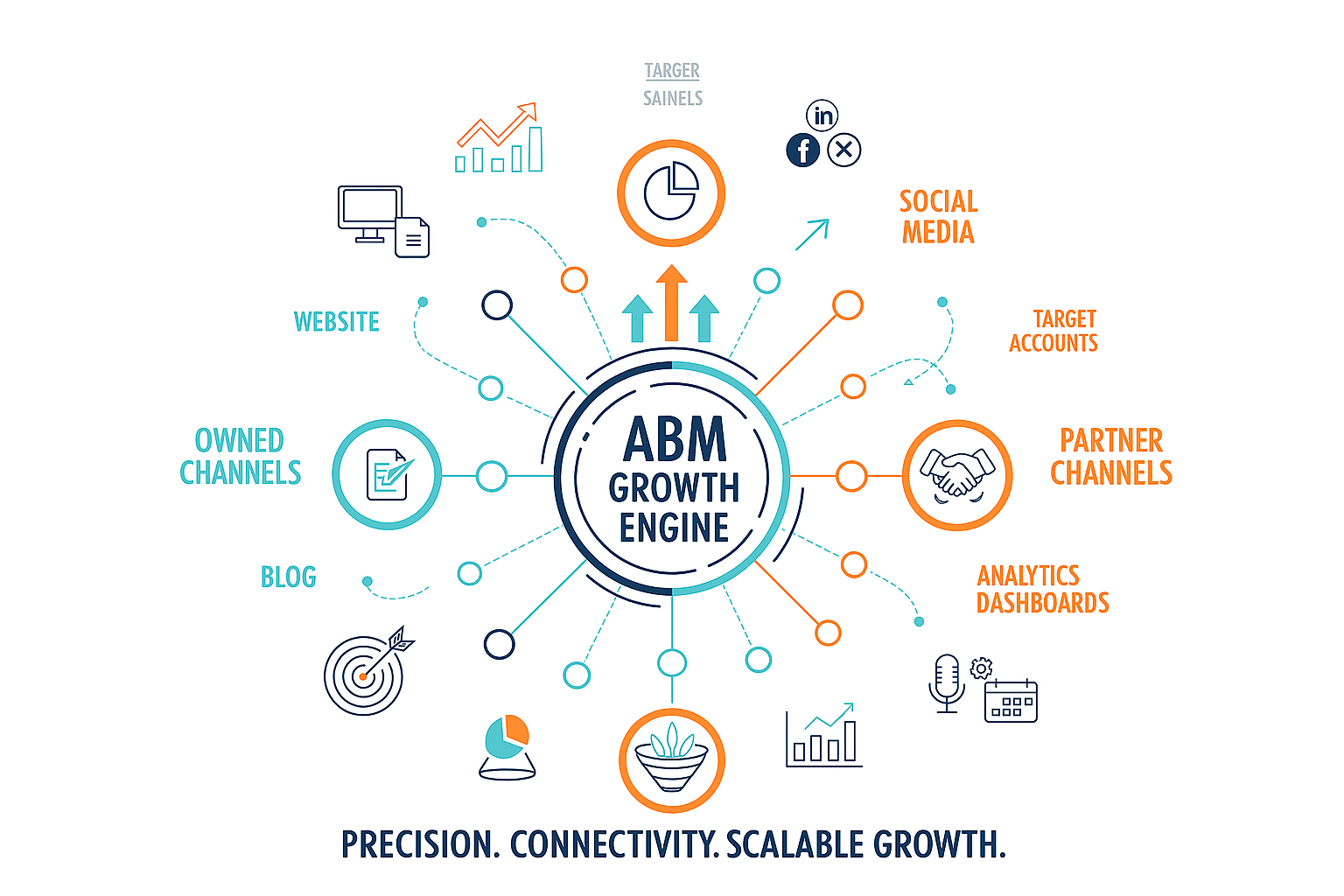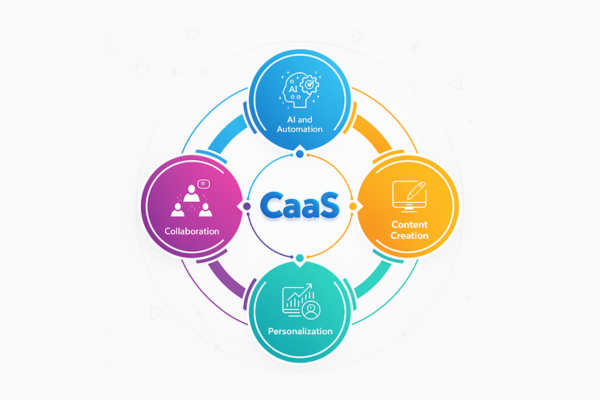“The best path to a consistently growing B2B email marketing strategy is to be better than your competitors.”
– EmailOut
Every dollar spent on email marketing can return up to $42, and in some industries even $46 per $1 invested, that’s an ROI of over 4,000%. Surprising? Not anymore. In 2025, Email Marketing Services continue to dominate B2B lead conversion, especially when deployed as a strategic funnel.
Whether you’re an Indian SME or a global enterprise, converting prospects via well‑crafted email campaigns remains the top-performing, data-driven method. So, let’s explore step‑by‑step how to convert cold prospects into paying clients using email marketing services smartly.
Table of Contents
Toggle1# Why Email Marketing Services Matter for B2B Success
ROI That Stays Unmatched
- On average, email marketing returns between $36 and $42 for every $1 spent
- Approximately 18% of companies see over $70 return per $1 invested
- In B2B verticals, 59% of marketers identify email as their most effective revenue channel
Open, Click & Conversion Benchmarks
- B2B open rates average 15%, CTR around 2.4–2.5%, and conversion rates at roughly 2.5%
- Triggered and automated campaigns can deliver open rates up to 50% and CTR around 10%
Preferred Channel & Widespread Use
- 87% of B2B marketers rely on email as a key inbound marketing strategy
- 77% of B2B buyers prefer contact via email for business communication
- 81% of B2B marketers use email newsletters as their primary distribution tactic
2# Understanding the Modern B2B Buyer Journey
1. Self‑Directed Buyers
Today’s B2B buyers typically complete 57–70% of their buying journey before ever contacting sales. They research, compare, and evaluate pricing and reviews independently. Your email funnel must cater to this autonomy and anticipate information needs early.
2. Multiple Stakeholders
With 6–10 decision‑makers per purchase, email campaigns must address roles ranging from technical users to executives, providing targeted value across perspectives.
3. Trust Over Offers
Modern buyers are skeptical of overt sales pitches. Emails that offer genuine insight, case studies, and advisory resources outperform those that just pitch features or discounts.
Now that we understand how B2B buyers think and behave, let’s break down the actionable steps to convert them using email marketing services.
3# Detailed Step‑by‑Step Guide Using Email Marketing Services
Step1. Build a Clean, Segmented, Opt‑In List
Opt‑In, Never Purchase Lists
Purchased email lists typically result in poor deliverability, spam reports, and low engagement. Use gated content such as whitepapers, webinars, or industry toolkits to attract legitimate, interested leads.
Minimal First‑Step Form Fields
Collect only necessary data (name, email, role). As shared by practitioners: “The first step should always have minimal data collection, tracking engagement patterns, improved conversion rates by 15‑20%” over three months.
Segmentation by ICP
Divide leads by:
- Role (e.g. IT, Finance, Ops)
- Company size
- Industry
- Stage (awareness, consideration, decision)
Segmentation drives 76–78% higher engagement and boosts revenue from targeted emails by close to 60%
Step2. Map Email Funnels to Buyer Journey Stages
Segmented campaigns aligned with funnel stages yield stronger performance.
Top‑of‑Funnel (Awareness)
- Content: industry insights, trends, educational articles.
- Goal: position as trusted advisor.
- Example: “5 Challenges Indian MSMEs face in logistics automation.”
Middle‑of‑Funnel (Consideration)
- Content: comparison guides, webinars, ROI calculators, case studies.
- Goal: address pain points and frame solutions clearly.
Bottom‑of‑Funnel (Decision)
- Content: free demo invites, client testimonials, and pricing conversations.
- Goal: drive action with clear CTAs and trust signals.
Bringing leads through this structured funnel increases conversion potential substantially.
Step3. Personalize Content & Messaging
Dynamic Field Elements
Address recipients by name, company, and role using dynamic tags. According to Campaign Monitor, subject lines personalized by role boost open rates by 26%.
AI‑Driven Personalization
AI-powered insights can craft email content tailored to individual behavioral data, increasing click-through rates by 13–41% depending on use case
Compelling Copy & Single CTA
Use clarity and brevity. Keep subject lines to 6‑10 words. Present one CTA only to reduce friction and guide deliberate action.
Mobile First Design
Over half of emails are opened on smartphones. Up to 50% of people delete emails if not mobile‑optimized. So responsive templates and images are a must.
Step4. Automate Thoughtfully: Drip Campaigns & Behavioral Triggers
Automation is not enough; intention is key.
Drip Campaigns
Schedule a series of emails triggered after signup. Example:
- Day 1: Welcome email + problem overview
- Day 3: Case study or testimonial
- Day 7: Invite to webinar or demo
Drip sequences improve conversion rates by up to 80%.
Behavioral Triggers
- Send follow‑ups when someone downloads content but doesn’t respond.
- Trigger product-specific emails when a prospect views relevant pages.
- Re‑engagement flows when engagement drops.
These targeted triggers improve conversion significantly and feel more personal.
Lead Scoring & Sales Handoff
Use lead scoring models calibrated on opens, clicks, and web behavior. When a lead reaches a threshold, notify sales. Sharing email interaction data can increase close rates by 67%.
Step5. Optimize Timing and Frequency
Ideal Schedule
- Best days: Tuesday to Thursday.
- Best time: 9–11 AM local time.
These windows deliver the highest open and click rates for B2B audiences.
Frequency Best Practices
- Stick to 1–2 emails per week.
- Avoid email fatigue: 44% of consumers unsubscribe if emails are too frequent.
Use heatmaps and pattern analysis to adjust frequency per segment.
Step6. A/B Testing & Continuous Optimization
What to Test
- Subject line variants (tone, length, personalization)
- Call-to-action phrasing and placement
- Email layout: with or without images, video, or links
- Send time and sender name
Key Metrics to Monitor
- Open Rate (aim for ~15%; higher if triggered or automated)
- Click‑Through Rate (target ~2.4–3%; 10%+ in triggered flows)
- Conversion Rate (2.5% baseline, higher for targeted flows)
- Bounce Rate (<2%) and Unsubscribe Rate (<0.5%)
Benchmark against industry norms: B2B open ~15%, click ~2.4%, conversion ~2–2.5%
StepStep7. Leverage Advanced Tools, Automation, and AI
AI-Powered Subject Lines & Content Generation
Nearly 50% of email marketers now use AI to help in crafting subject lines and email body copy, improving engagement metrics significantly.
Predictive Timing & Segmentation
AI helps predict best send times (+23% open rate lift) and refine segmentation based on patterns. It enables hyper-targeting at scale, boosting revenue by up to 41%.
Compliance & Deliverability
With stricter laws like GDPR and India’s DPDP, your email service should support:
- Double opt-in
- Unsubscribe links
- Email authentication (SPF, DKIM, DMARC)
Compliance not only protects but also improves deliverability
Step8. Align with the Sales Team and CRM Integration
Feedback Loop
Email marketing isn’t effective in isolation. Share scoring and activity metrics with your sales team so they can follow up promptly. This integration accelerates deal closure significantly.
Consistent Messaging
Ensure sales emails echo themes and assets from earlier nurture stages for continuity and credibility. This builds trust and reduces friction.
Sales and marketing alignment can increase pipeline velocity by over 60%.
4# Common Pitfalls and How to Avoid Them
1. Over‑Emailing Leads
Flooding inboxes leads to unsubscribes, worst case, spam complaints. Keep cadence moderate and relevant.
2. Poor Segmentation
Sending generic email blasts to everyone severely damages open and click rates. Use precise segmentation to keep messages relevant.
3. Ignoring Mobile Experience
Approximately 50% will delete unoptimized emails. Ensure responsive designs, clear fonts, and fast-loading images.
4. Misleading Subject Lines
Avoid deceptive or clickbait-like titles. They hurt trust and increase unsubscribe rates. Honesty wins in B2B.
5. Compliance Risks
Non-compliance with laws like GDPR, CAN-SPAM, and India’s DPDP can lead to penalties. Use compliant email marketing services and enforce data consent protocols.
5# A Case Study Example
SaaS Workflow Automation Company
Challenge: High website traffic but low lead conversion; cold prospects are unresponsive.
Strategy:
- Implementation of lead gen forms integrated with email service provider (ESP).
- Segmented by role (Operations, IT, Finance).
- Automated drip campaigns:
- Week 1: educational ebooks & problem statements
- Week 2: use-case stories + ROI calculator
- Week 3: demo invite + testimonial + FAQ
- Behavioral triggers for visitors who downloaded but did not engage further.
Results (within 3 months):
- Email open rates jumped from ~14% to 38%
- Demo request volume increased 4×
- Sales-qualified leads converted at double the previous rate
This case clearly illustrates the power of segmentation, tailored content, automation, and timing to supercharge B2B conversions.
FAQ’s
Q1. How many emails should I send to a B2B prospect before following up with sales?
Typically, a 5-7 email sequence works best before a direct sales follow-up, depending on engagement levels.
Q2. What is the best time to send B2B marketing emails?
Tuesday to Thursday between 10 AM to 11 AM tends to get the best open rates for B2B campaigns.
Q3. How do I improve open rates?
Use strong subject lines, personalize content, test send times, and clean your list regularly.
Q4. Should I buy email lists?
No. Purchased lists often have low engagement and may violate GDPR or spam regulations. Always build lists organically.
Conclusion:
Email Marketing Services remain the most scalable, measurable, and ROI-positive channel for converting B2B prospects into customers. But success requires strategy, not guesswork.
Remember to:
- Build segmented, opt‑in lists
- Align content with buyer journey stages
- Personalize dynamically and invest in mobile-friendly design
- Use automation intelligently (drip campaigns + triggers)
- Test continuously and optimize frequency/timing
- Leverage AI for personalization and predictive targeting
- Maintain compliance and deliverability standards
- Align marketing with sales for seamless hand‑offs
As email becomes more automated and AI‑driven, it still thrives on genuine, value‑driven communication. When done right, each email feels personal and converts better.
So, if you’re ready to scale beyond generic blasts and wish to create high‑impact, data‑backed B2B email strategies, now is the time to invest in email marketing services properly.
Looking to build high-converting email campaigns for your B2B brand? Reach out to PangeaGlobalServices to get started.
